Several tonnes of plastic pellets have spilled along the northern coast of Spain it has now been officially confirmed. The spill was first spotted by environmental associations in December, after a Liberia-registered cargo ship lost six Maersk containers at sea, one of which held over a thousand 25kg bags of pellets – an estimated total of 1.5 billion pieces of microplastics. So far, the spill has reached beaches in Galicia and Asturias in Spain, as well as some parts of Portugal.
Recently, researchers confirmed the composition of the pellets, manufactured by Bedeko, from the labels of the bags that were recovered undamaged. ‘Although the first rumours pointed at polyethylene terephthalate polymers, Bedeko manufactures mostly masterbatch,’ explains Patricia Forcén, an expert in polymers at D3O in London, UK. Masterbatches combine complementary compounds to give polymers different properties during production, such as plasticity, colour or mechanical resistance. ‘In this case, the masterbatch pellets’ principal component is polyethylene, and also include an additive to enhance resistance to ultraviolet radiation,’ adds Forcén. An analysis commissioned by Galician authorities and first reported by Spanish newspaper El Diario concluded that this masterbatch contains around 90% polyethylene and 10% additive, sold under the product code UV622. However, other sources report up to 30% of UV stabilisers.
Fuimos a buscar pellets a una playa. Al principio parece que no hay nada, pero a poco que te fijas ves que está la playa llena de ellos… pic.twitter.com/rWl7sIkQlg
— Eduardo Mosqueira (@emosqueira) January 14, 2024
‘UV622 is a compound in the family of hindered amine light stabilisers […] with a long tradition in the manufacture of polymers,’ explains Yanko Iruin, a retired polymer chemist from the University of the Basque Country, Spain, in a recent blogpost. These additives have ‘a long tradition in polymer manufacturing […] and, so far, there have been no significant studies about its toxicity’, he adds. In fact, it’s an approved additive for common kitchenware. ‘Additionally, it’s a chemical compound with a very high molecular weight, which should hinder its migration from the polyethylene mixture […] and into water,’ writes Iruin. New chemical analysis published by the University of Coruña in Galicia, Spain, has detected traces of other UV stabilisers, as well as other additives ‘that seem toxic to the environment’, according to Forcén and reports by fact-checking site Maldita.
The situation has been compared with the massive spill of plastic pellets that took place in Sri Lanka in 2021. And, although the spillage is several orders of magnitude smaller, the ‘white-tide […] still poses an ecological crisis’, according to Irene Barguilla, an expert on the impact of microplastics in human health at the Cancer Research Centre in Lyon, France.
‘Microplastics […] are very persistent in the environment [and] very difficult to remove due to their size,’ explains Barguilla. The official definition of microplastics includes any plastic particles smaller than 5mm in size, either by design or generated from the fragmentation of bigger plastic pieces. ‘It’s estimated that 14 million tons of microplastic exist on the ocean floor […] increasing year by year,’ she says. The accumulation of plastic pollution disturbs the marine ecosystems, poisoning organisms that ingest the plastics.
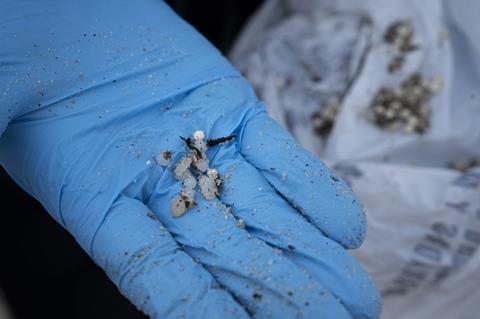
Moreover, researchers worry about the potential long-term effects of the plastic pellets. ‘The longer these pellets stay in the environment, the more they will fragment and degrade, increasing their potential impacts,’ says Carmen Morales Caselles, an expert in marine ecology at the University of Cádiz, Spain. ‘The pellets’ size could make marine life mistake them for food and, once ingested, cause physical harm […] endocrine disruptions and other impacts derived from potential toxicity,’ she told the Science Media Centre in Spain. ‘The chronic exposure to certain levels of toxic additives’ could trigger future environmental and health problems ‘with impacts at different levels’, she adds. Policymakers should now concentrate on cleaning up the spill – a complicated tasks given the size of the pellets. Ideally, the sacks that remained sealed should be recovered before they break as this could release more microplastics, explains Morales Caselles. Then, the removal could ‘focus on the accumulation zones, such as the strandline or high tide areas’.
‘Research groups are already carrying out studies to predict the potential toxicological effects of these pellets on […] marine organisms,’ adds Barguilla. She remains optimistic that ‘most of the spill will be cleaned’, thanks to the ‘great efforts’ of locals and environmental organisations.
Correction: This article was updated on 18 January 2024 to correct the number of pellets that are estimated to have been involved in the spill.





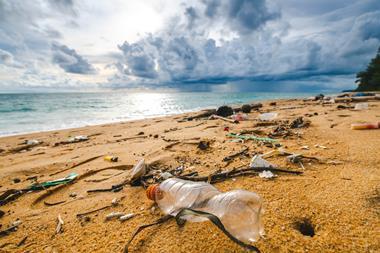

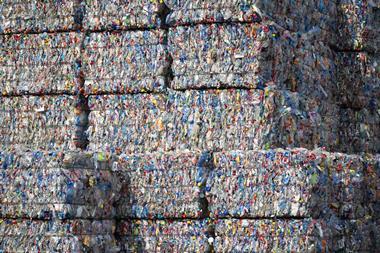
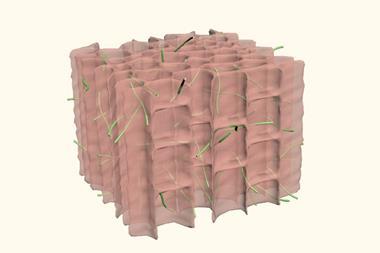

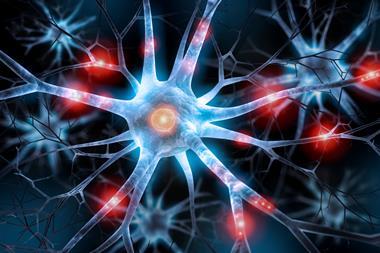






No comments yet